Have you always been eager to learn electronics but felt daunted by other books and overly-technical websites? Now, you can learn the basics of electronics in an enjoyable and hands-on way with Charles Platt's Make: Electronics - Second Edition! Platt guides you through a variety of new experiments with over 500 full-color photos and clever illustrations. It now even covers Arduino! Get detailed, step-by-step instructions on building working devices that showcase fundamentals like voltage, amperage, resistance, inductance, and capacitance. You'll master all the basic components and important principles through a series of 'learn by discovery' experiments. Then, take on more complex electronics concepts, including analog/digital conversion, logic gates, and integrated circuits. Along the journey, you'll pick up valuable tips and techniques, with clear explanations of what you're doing and why. And you don't need any prior knowledge of electricity to start! In this Second Edition, there's completely new text, tons of new projects and updates, a more affordable range of smaller components. Start by breaking things - experiment with components and understand why failures occur! Set up a well-equipped project space at home for all the experiments in this book. Learn about all the key electronic components and their functions in a circuit through clearly presented, well-illustrated experiments. Create a car alarm, holiday lights, wearable electronic jewelry, audio generators, a crystal radio, and a touch-sensitive lamp. Work with brushed DC and stepper motors to grasp their principles and applications. Learn about programmable microcontrollers by building an autonomous robot cart that can sense its environment and avoid obstacles.
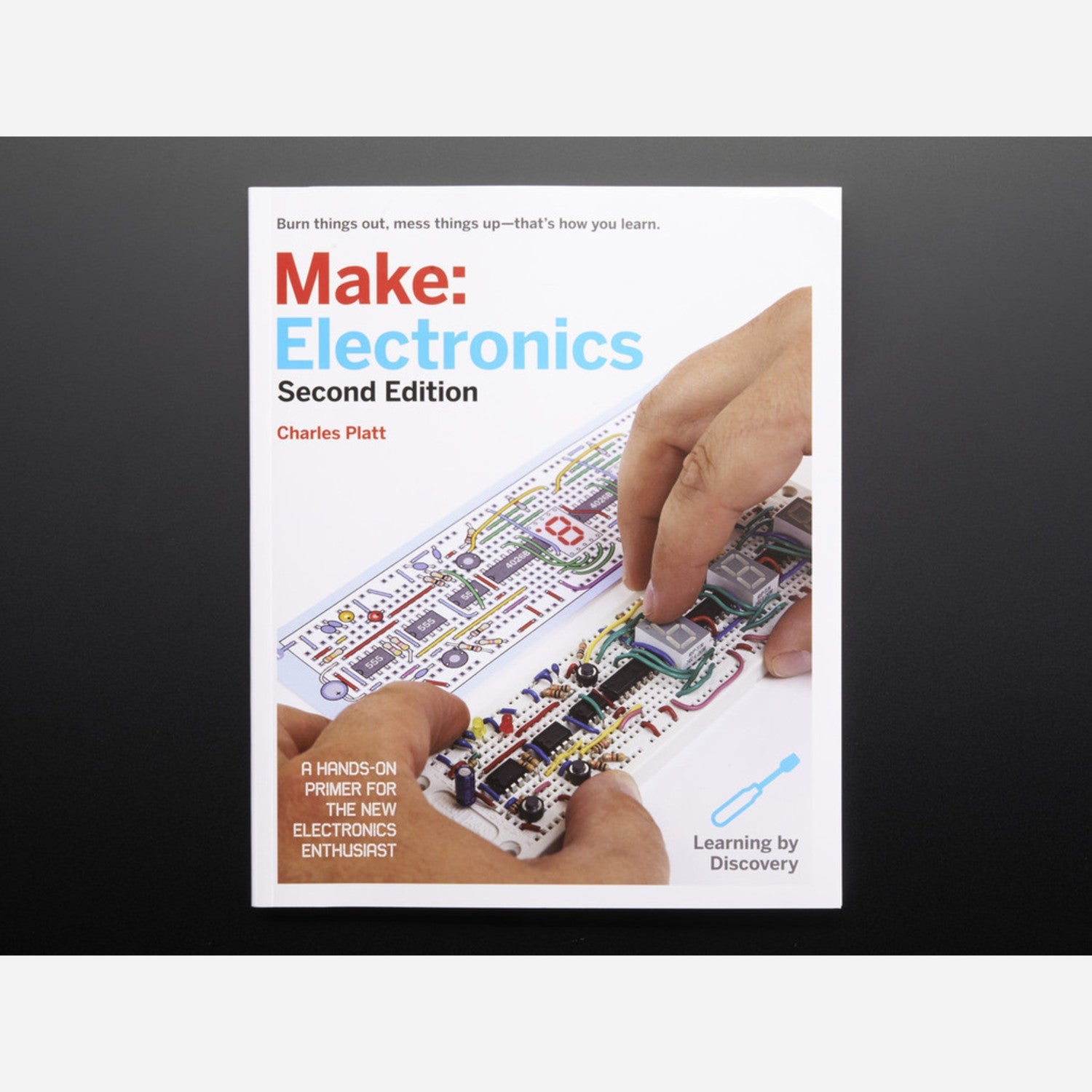
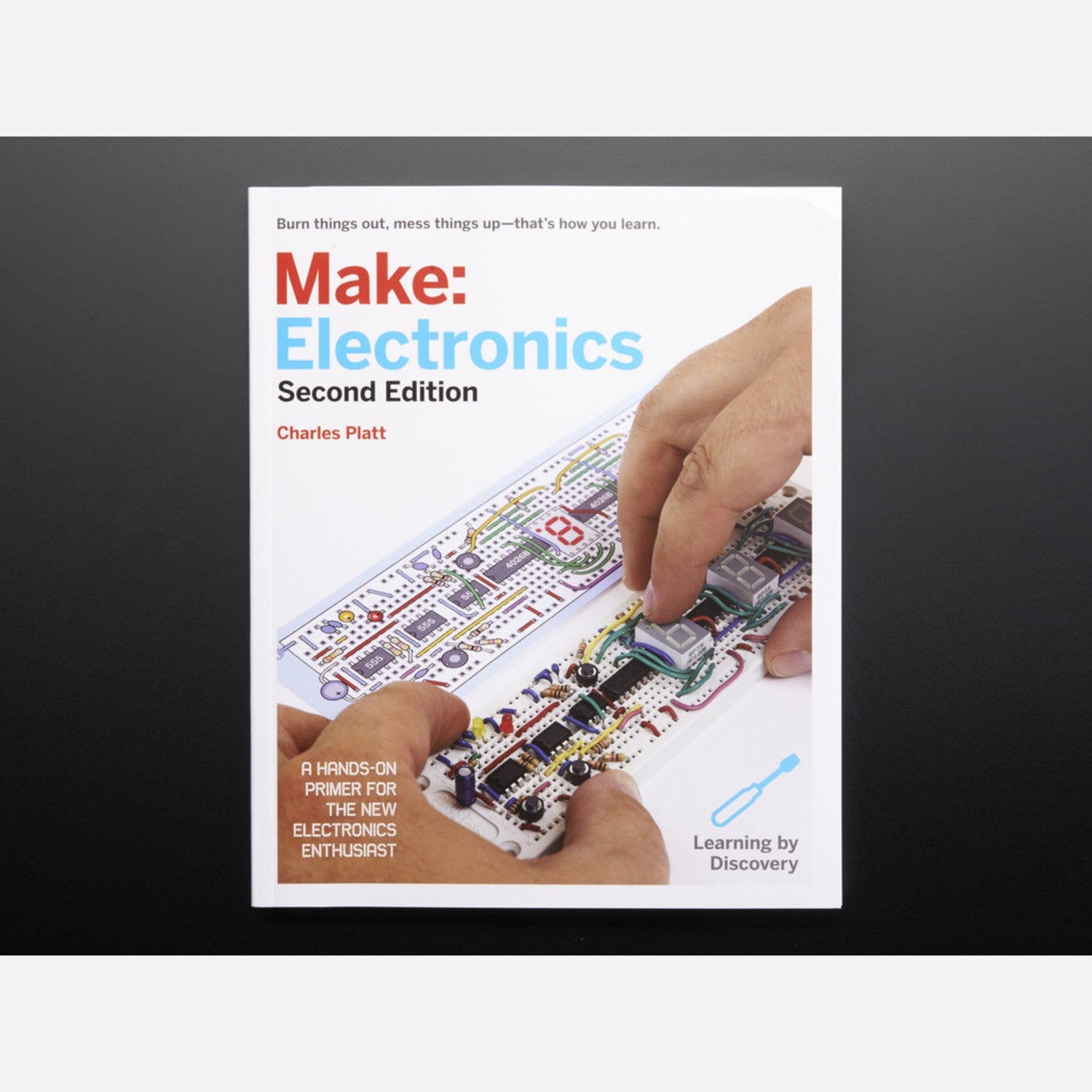
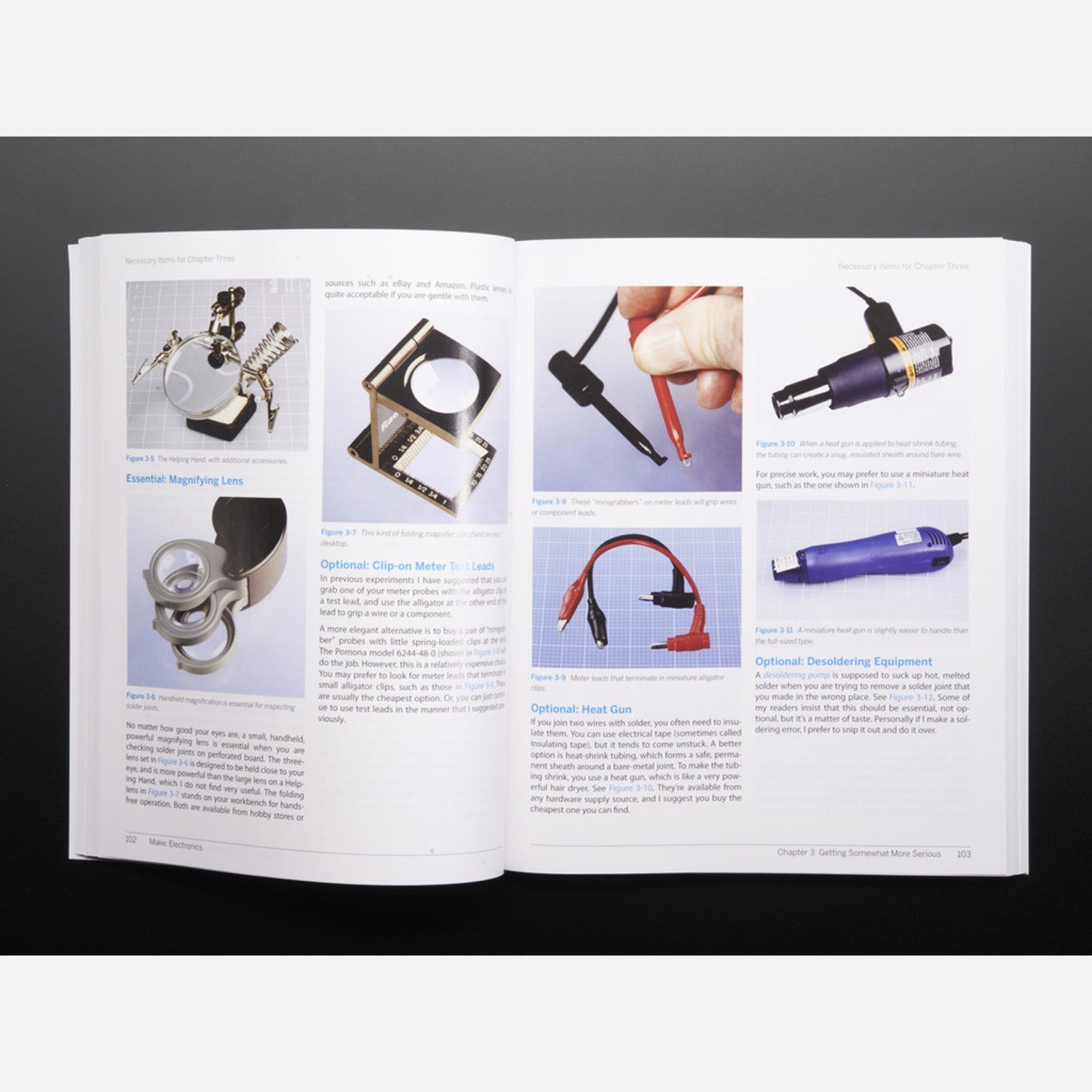
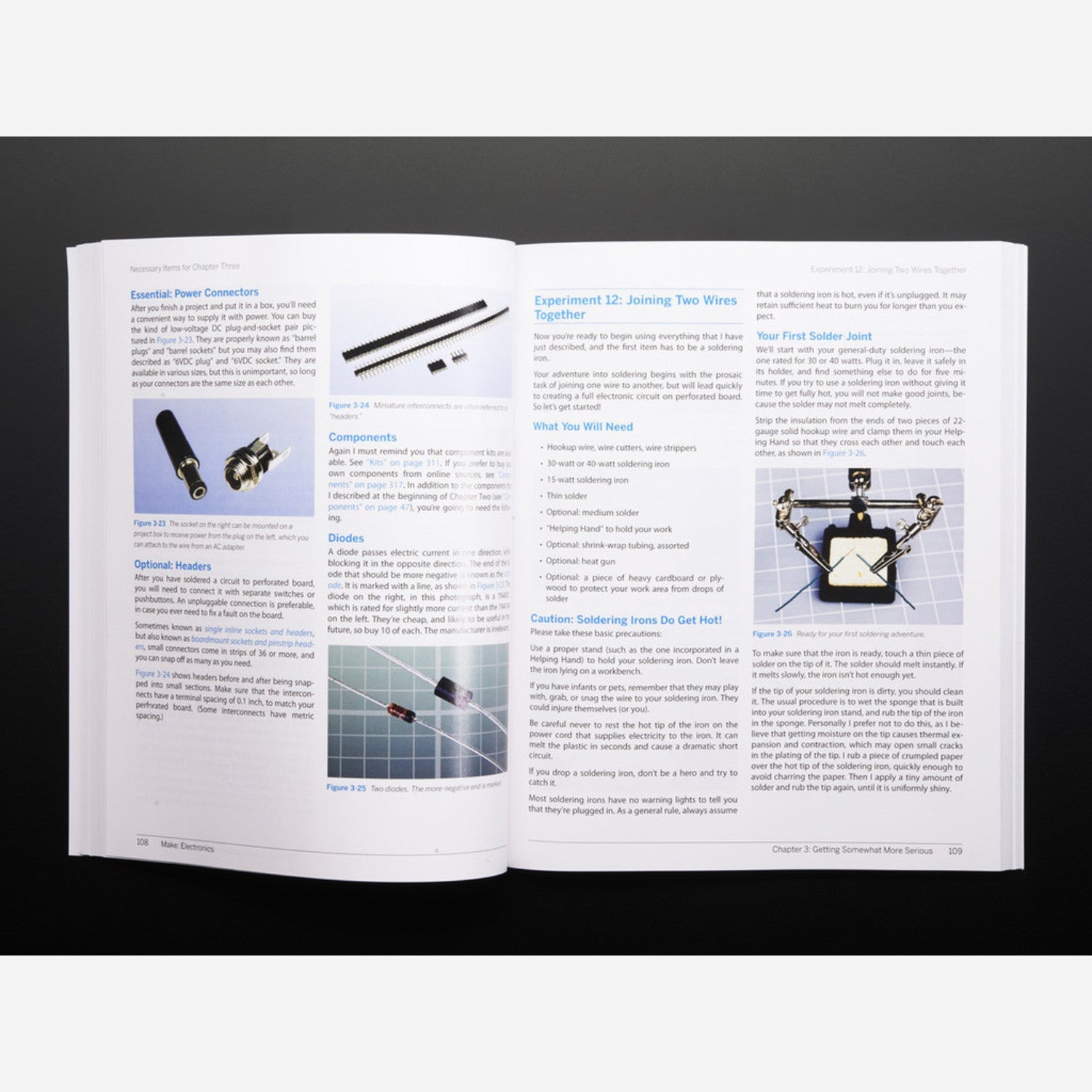
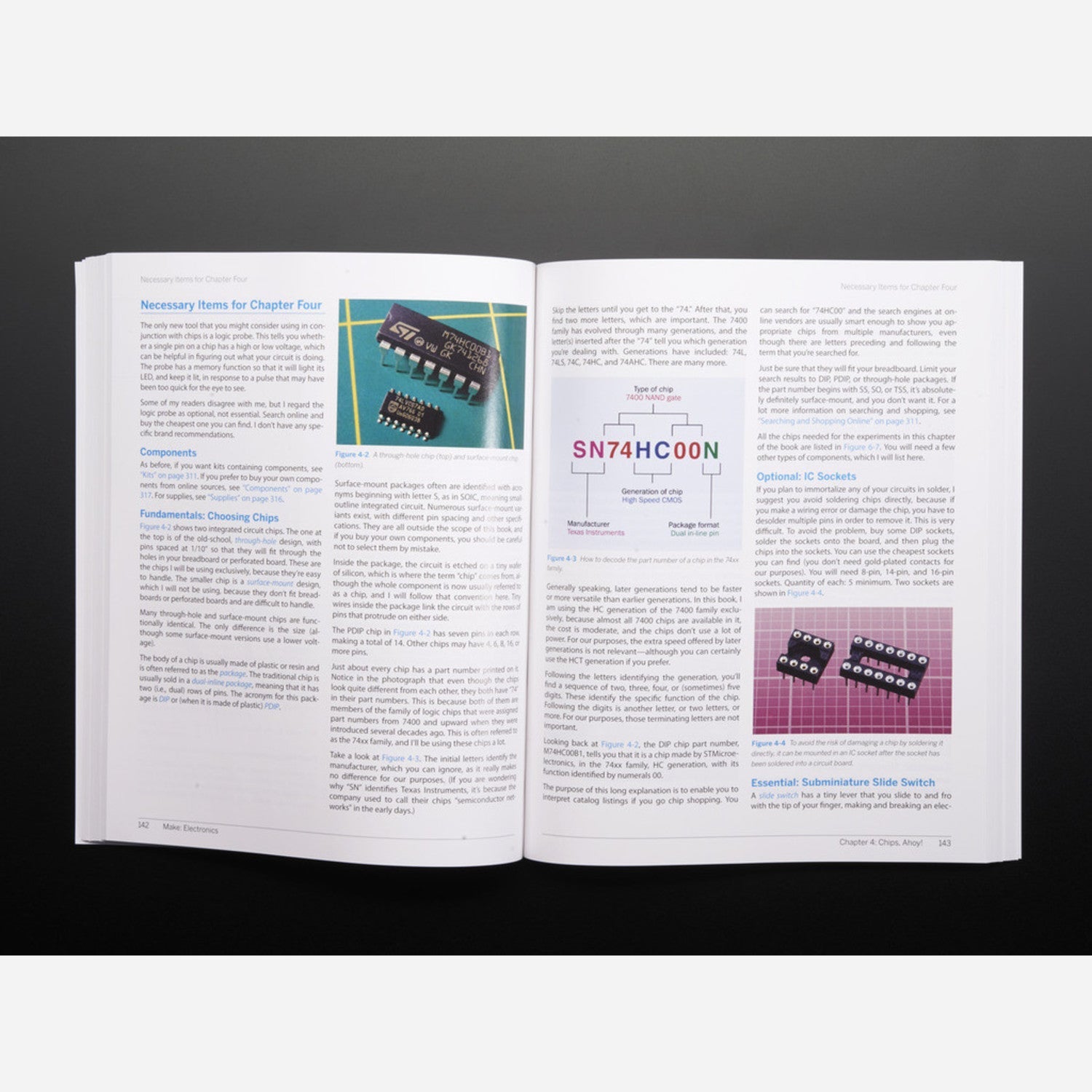
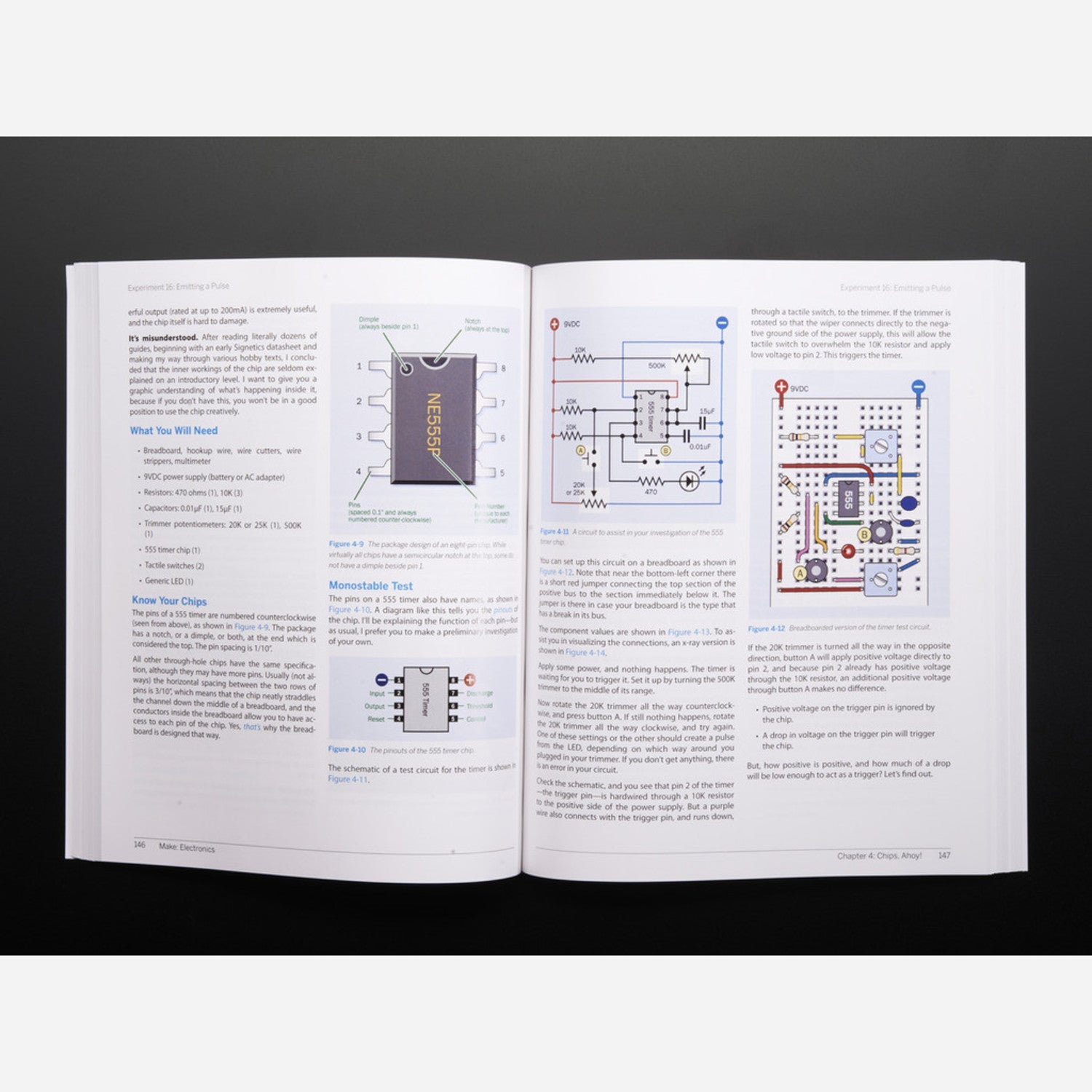

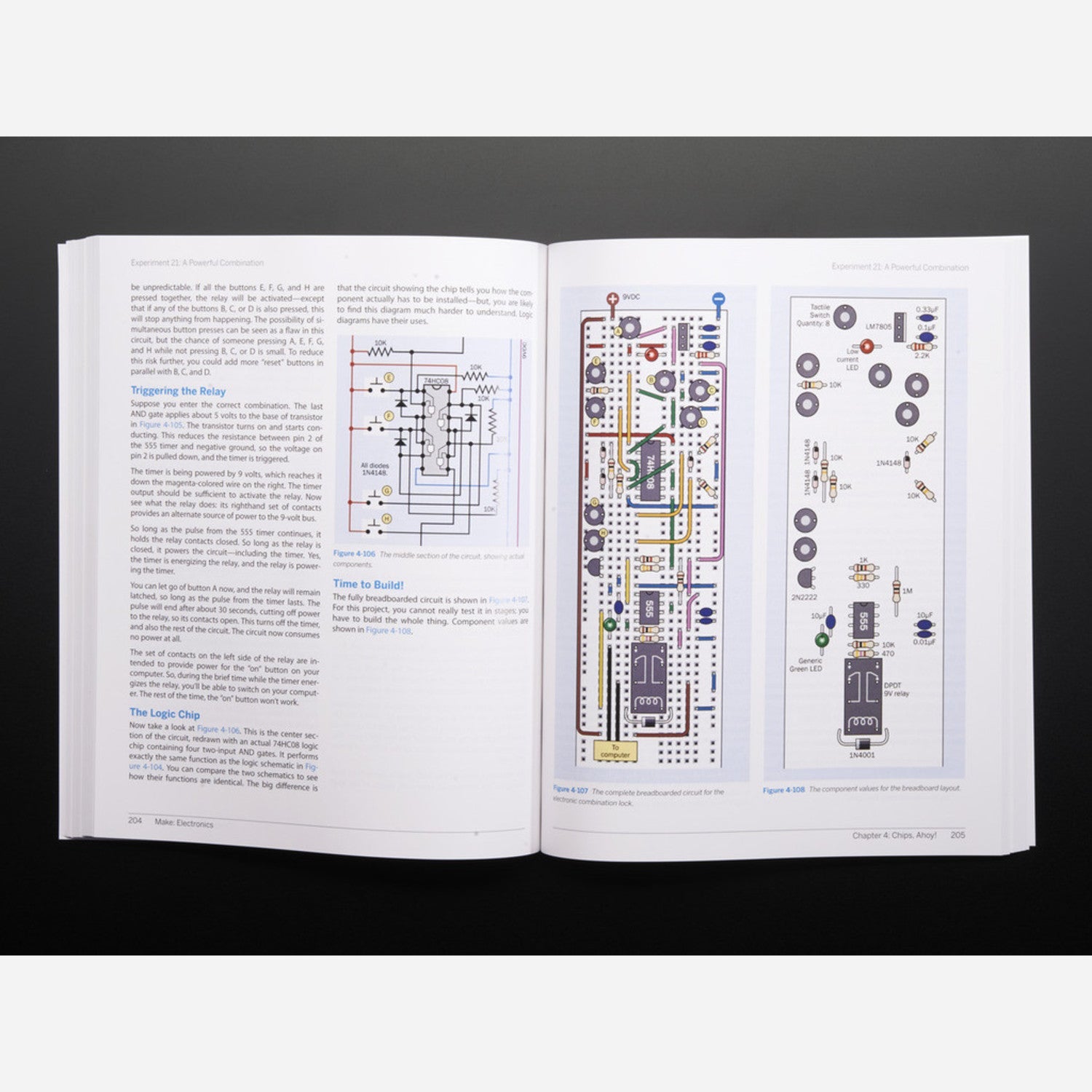

To use this book, simply start from the beginning and follow the step-by-step instructions for each experiment. Read the explanations carefully to understand what you're doing and why. When setting up your project space at home, make sure you have all the necessary tools and parts. As you work through the experiments, don't be afraid to break things - it's a great way to learn. For the projects like creating a car alarm or a robot cart, take your time and double - check your connections. When it comes to maintenance, keep your components in a dry and clean place. If you're using any motors or electronic parts, make sure to follow the basic safety rules to avoid short - circuits. And remember, you don't need to rush through the book. Take your time to fully understand each concept and have fun learning electronics!







